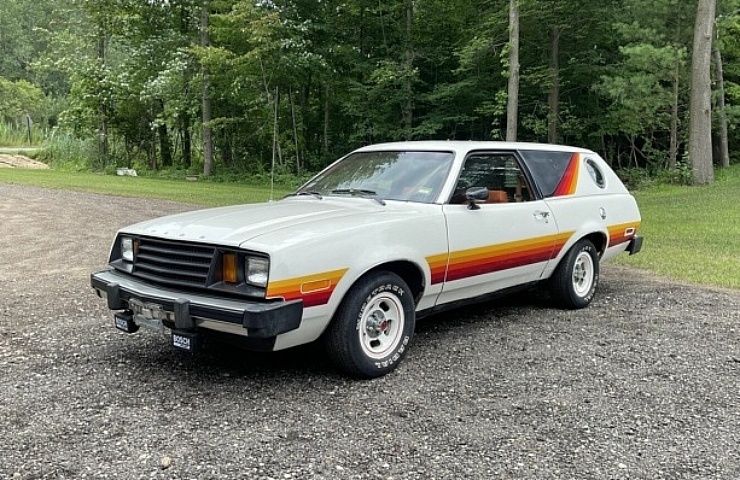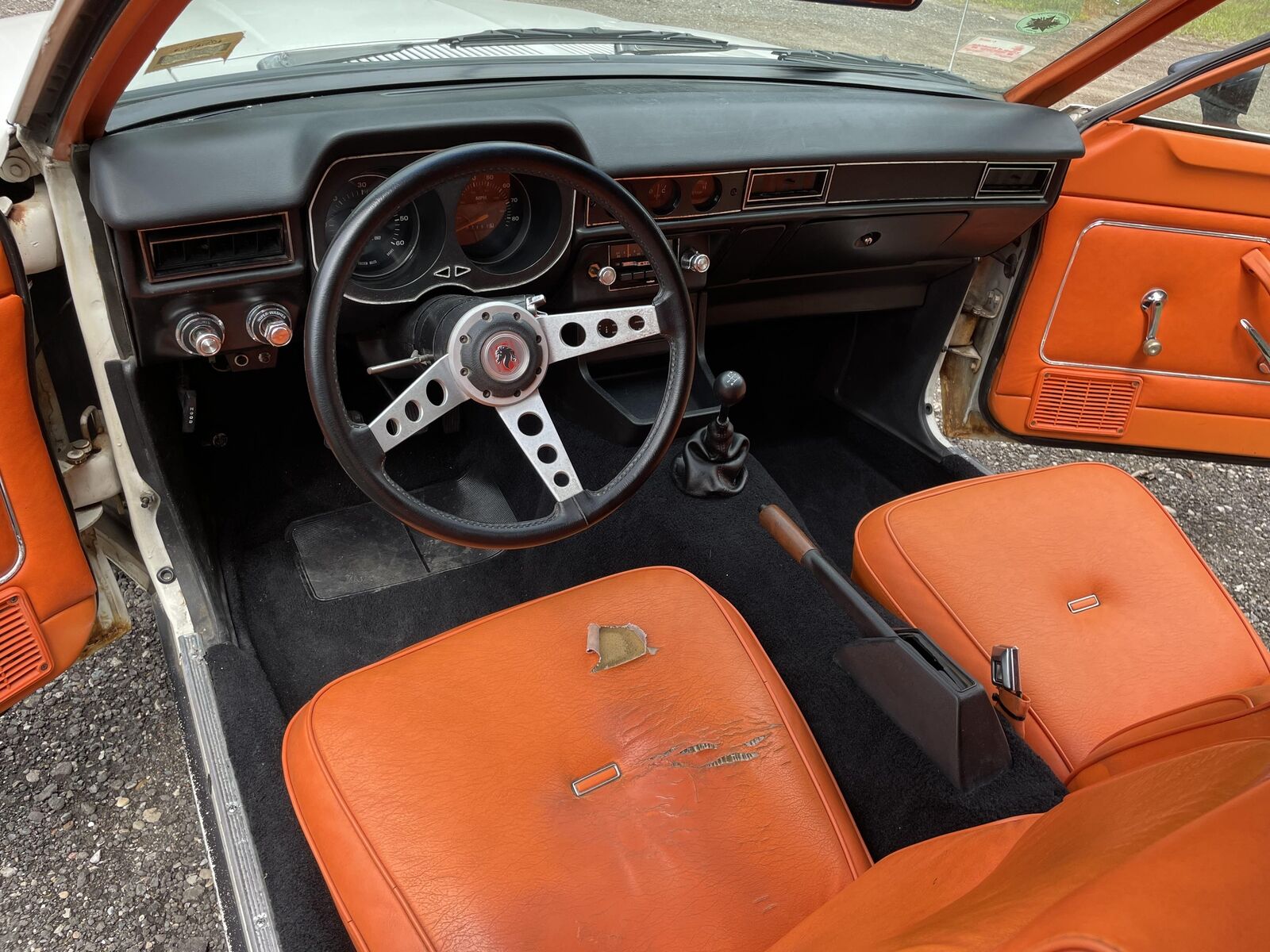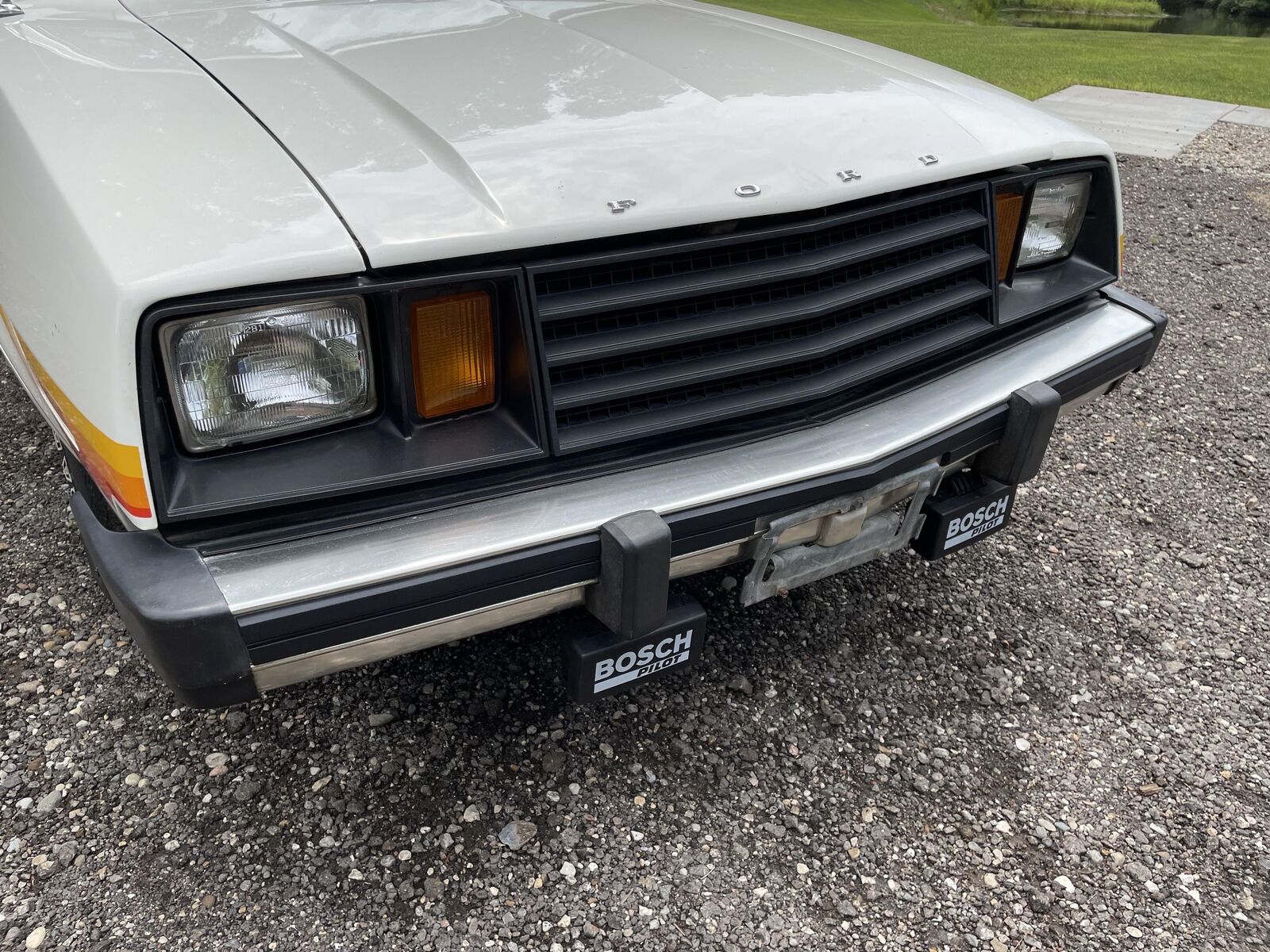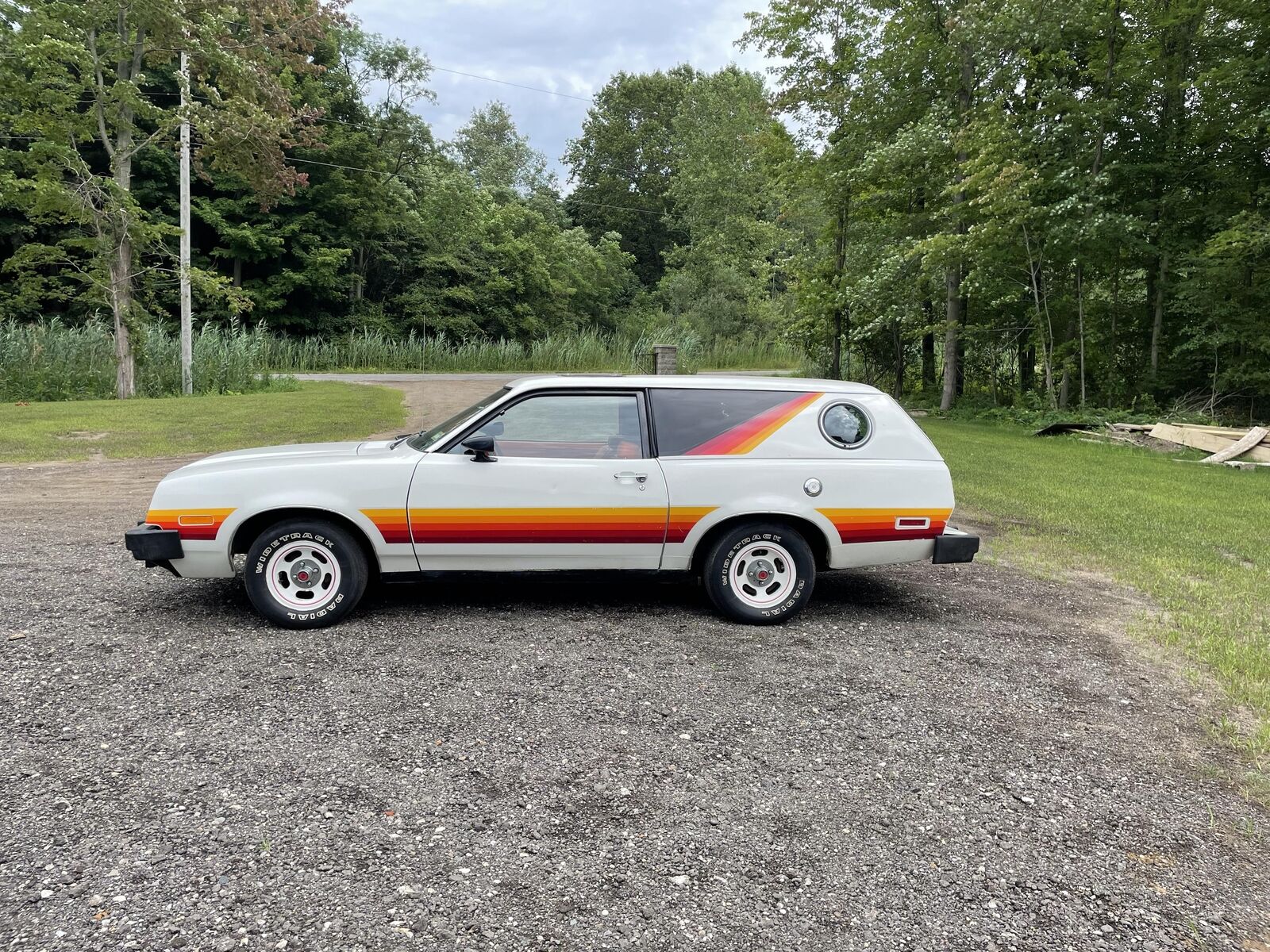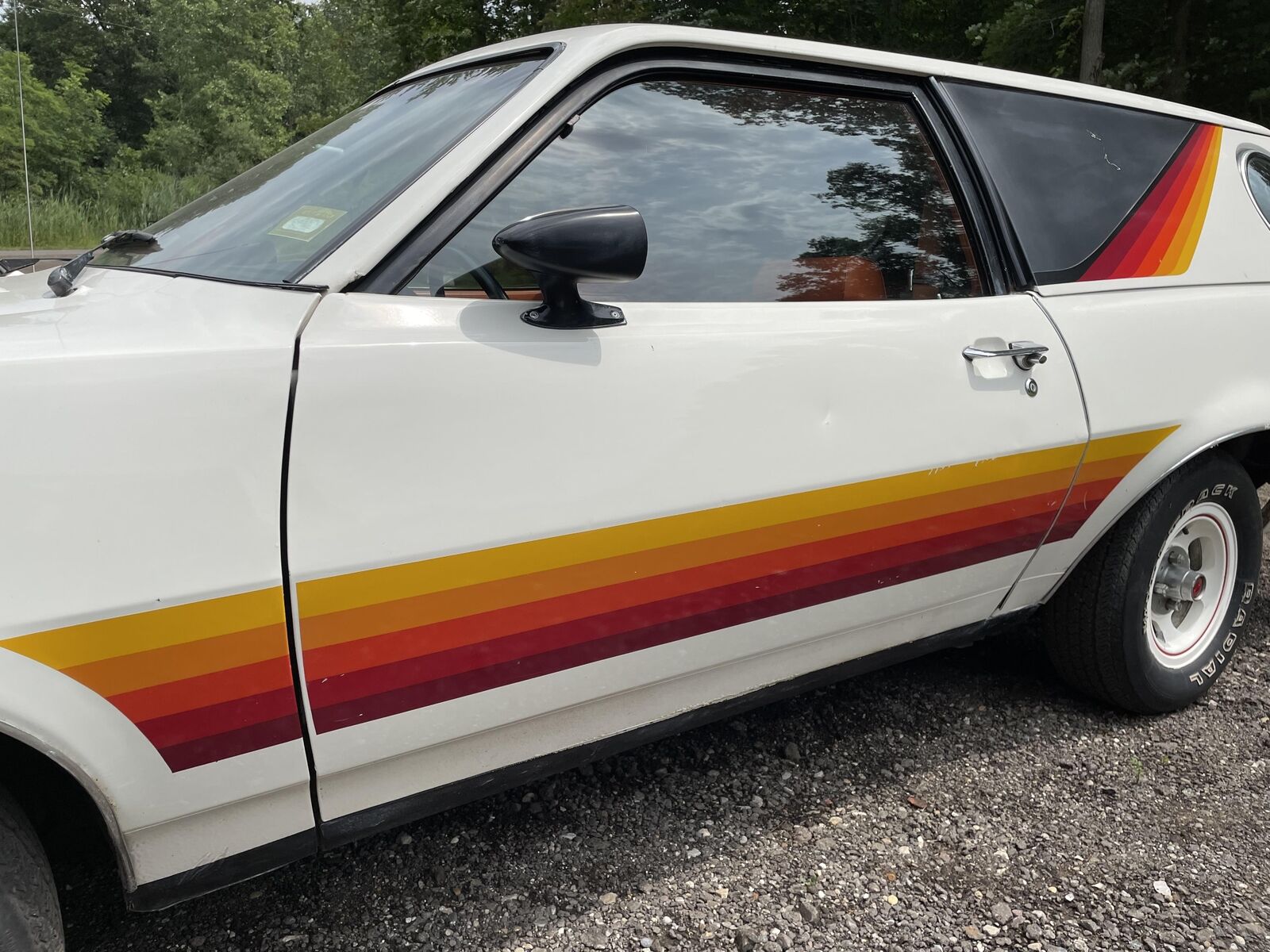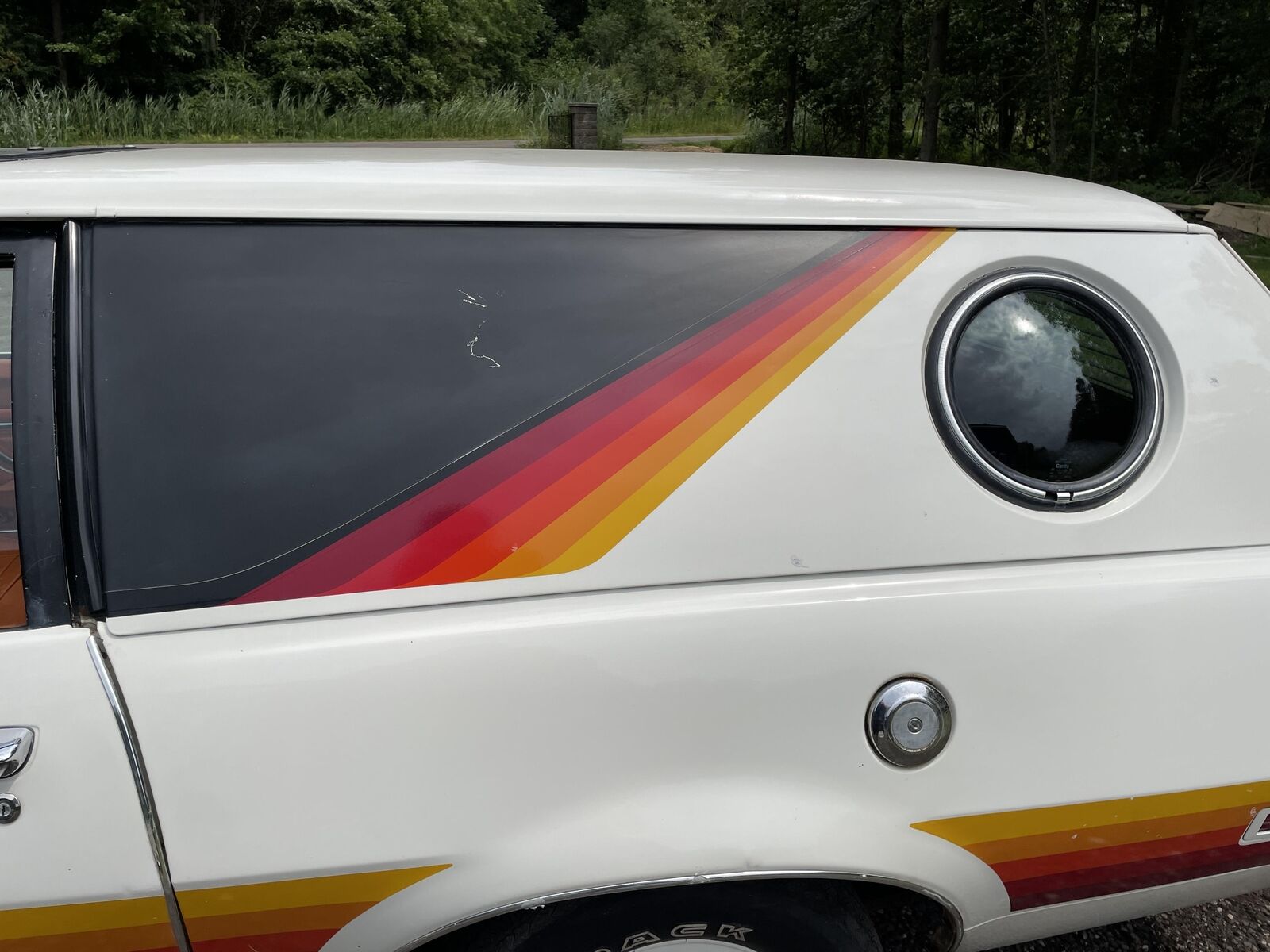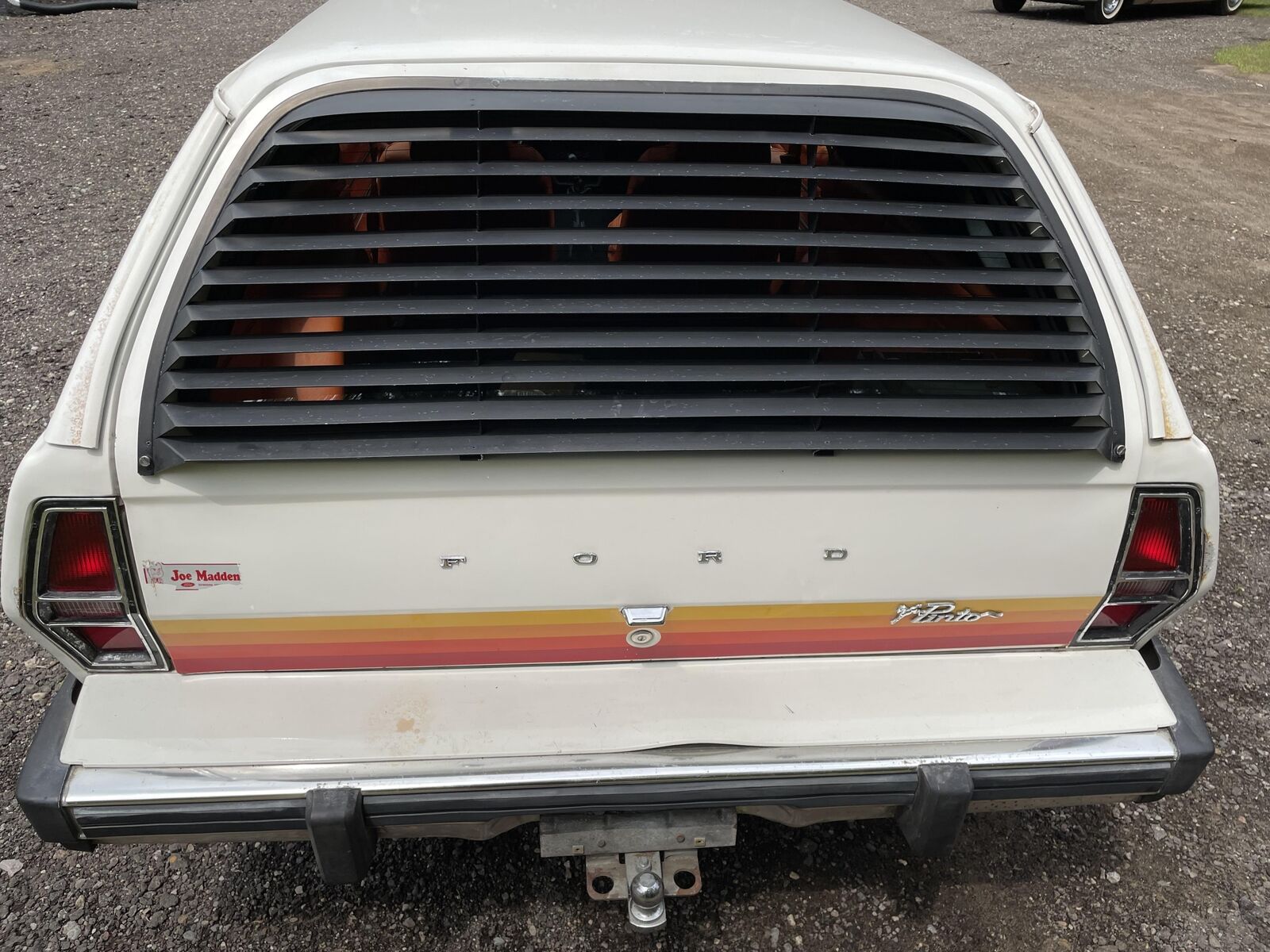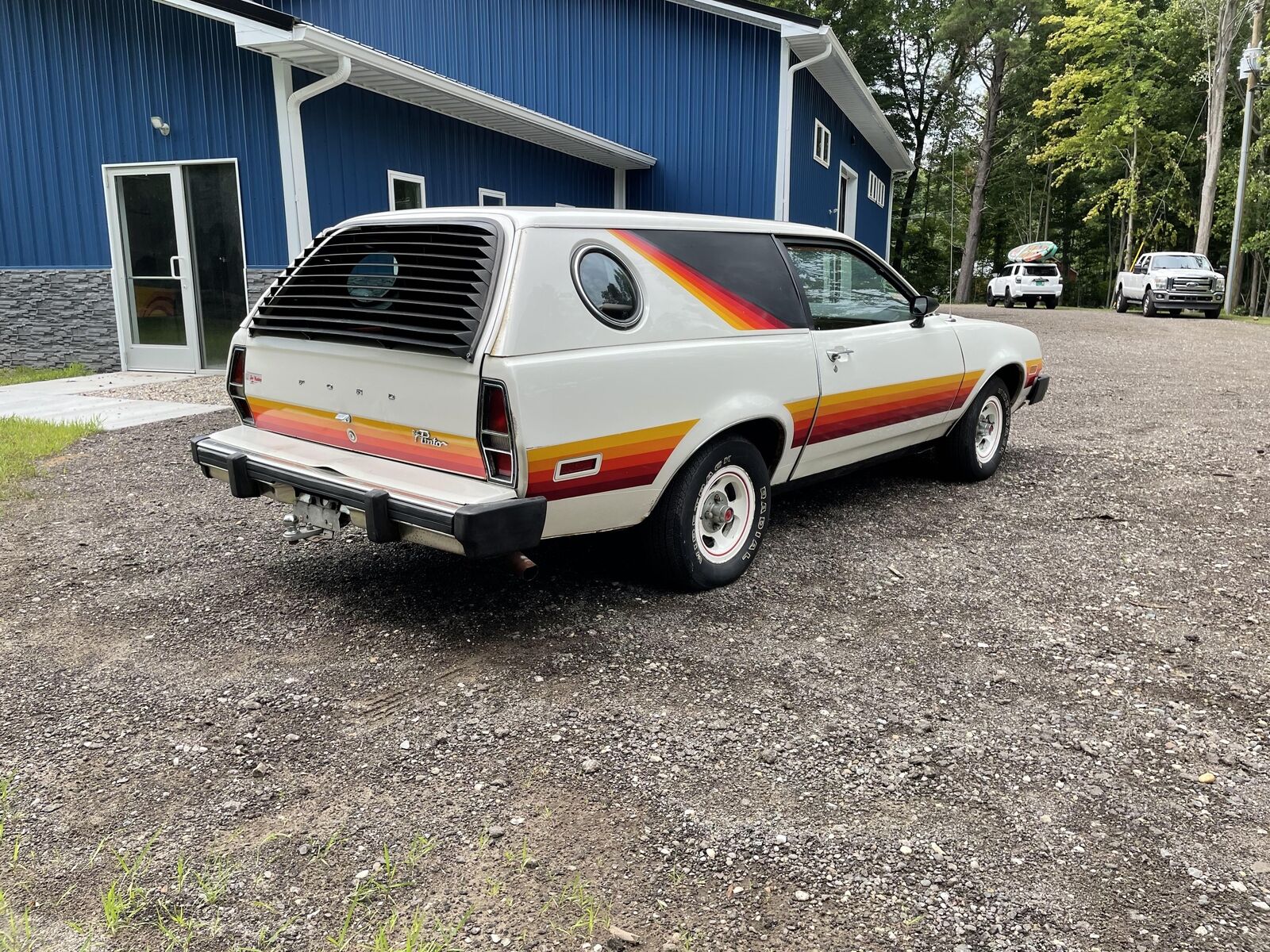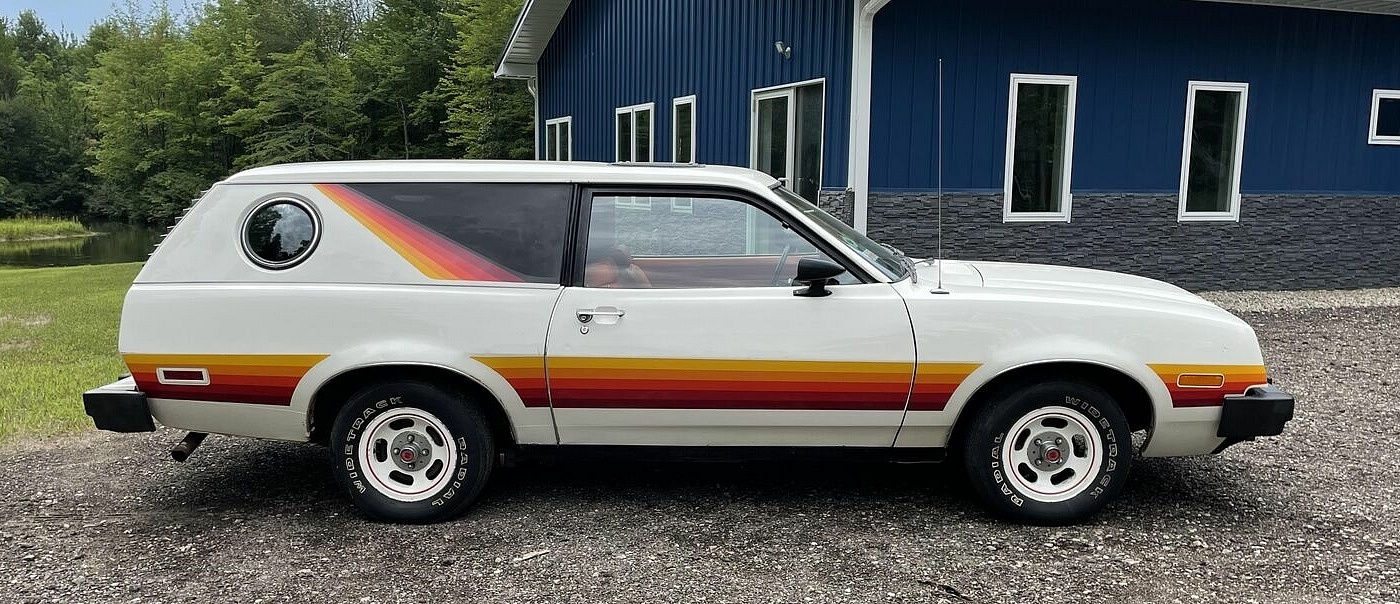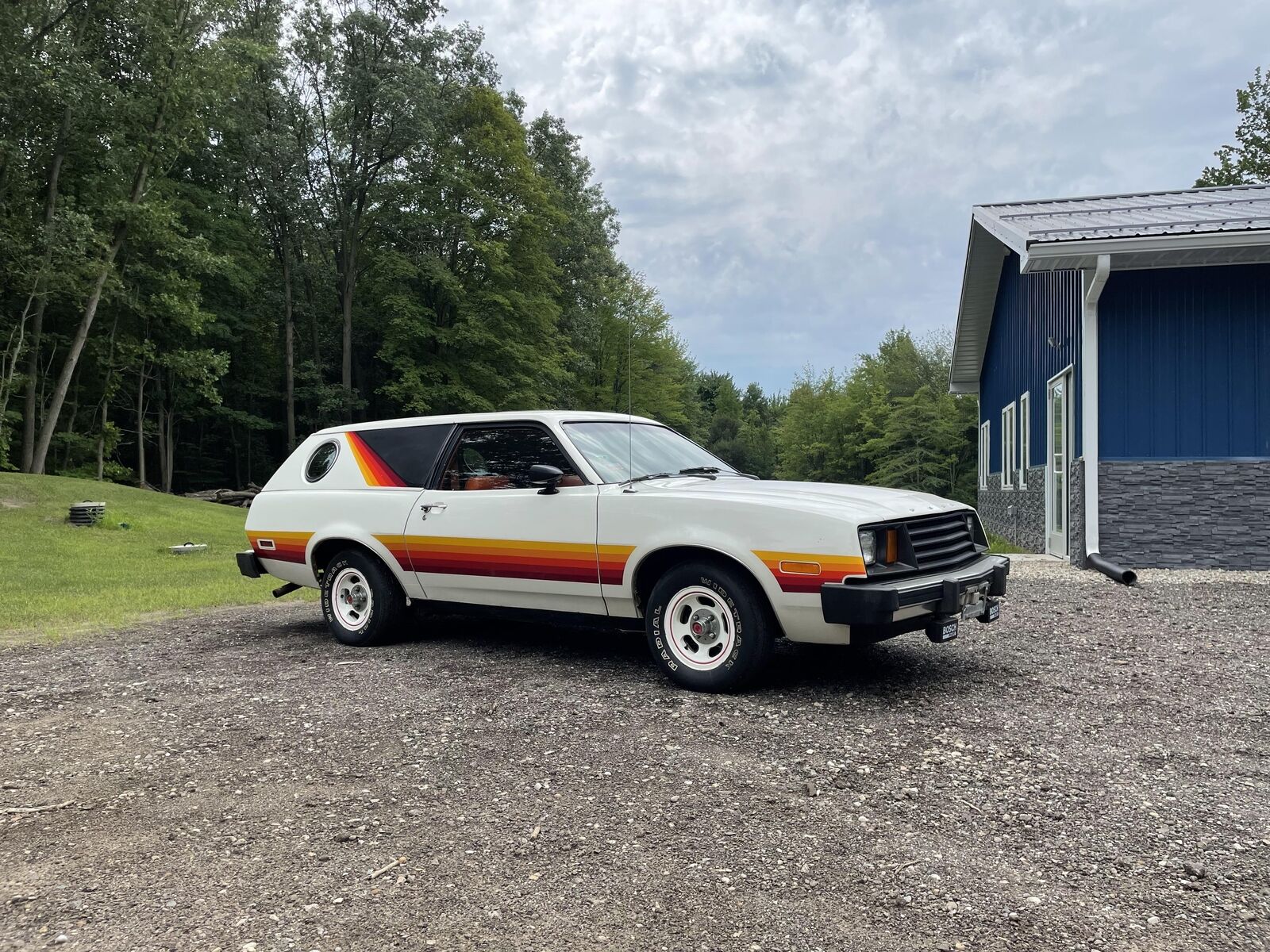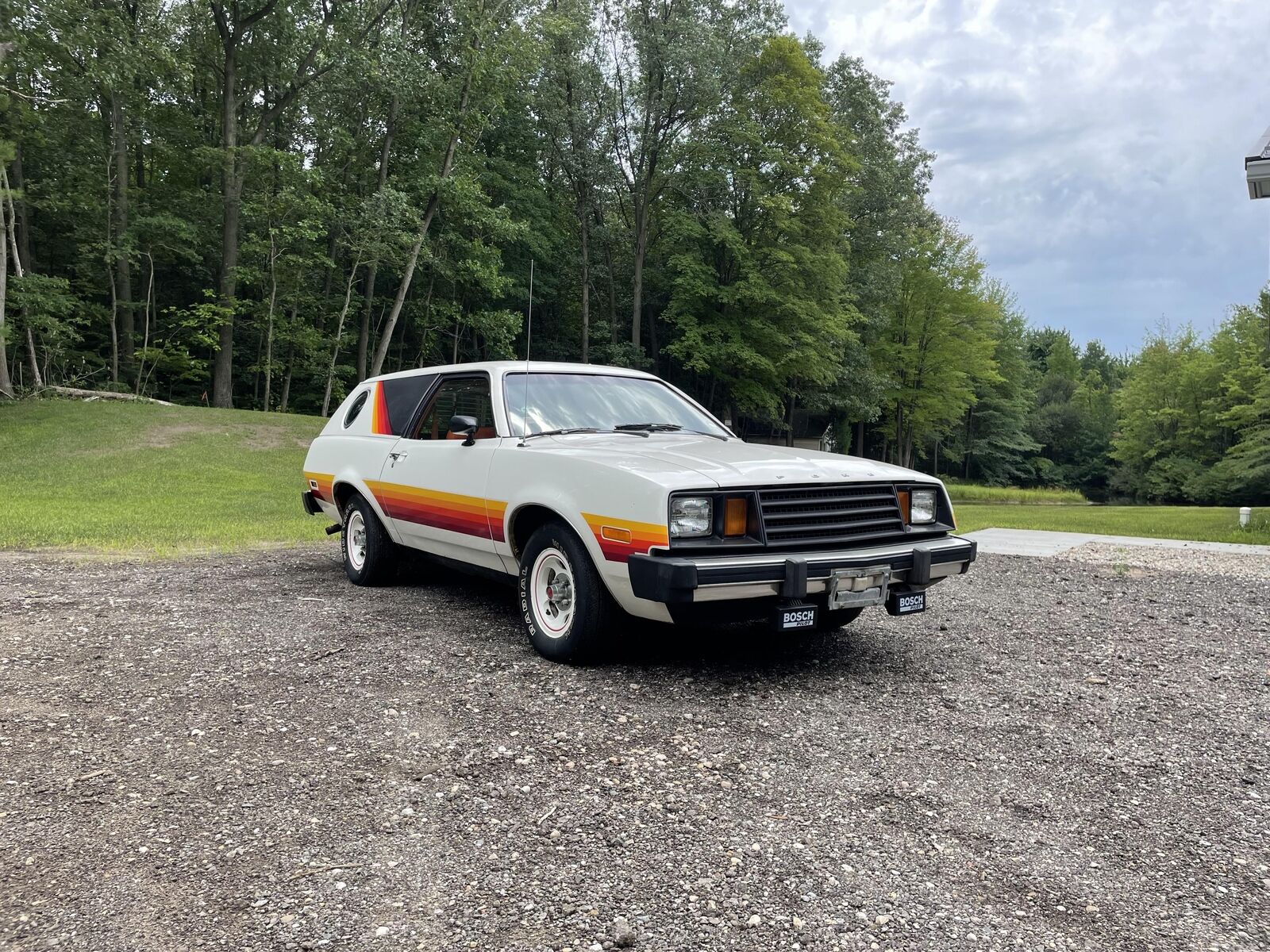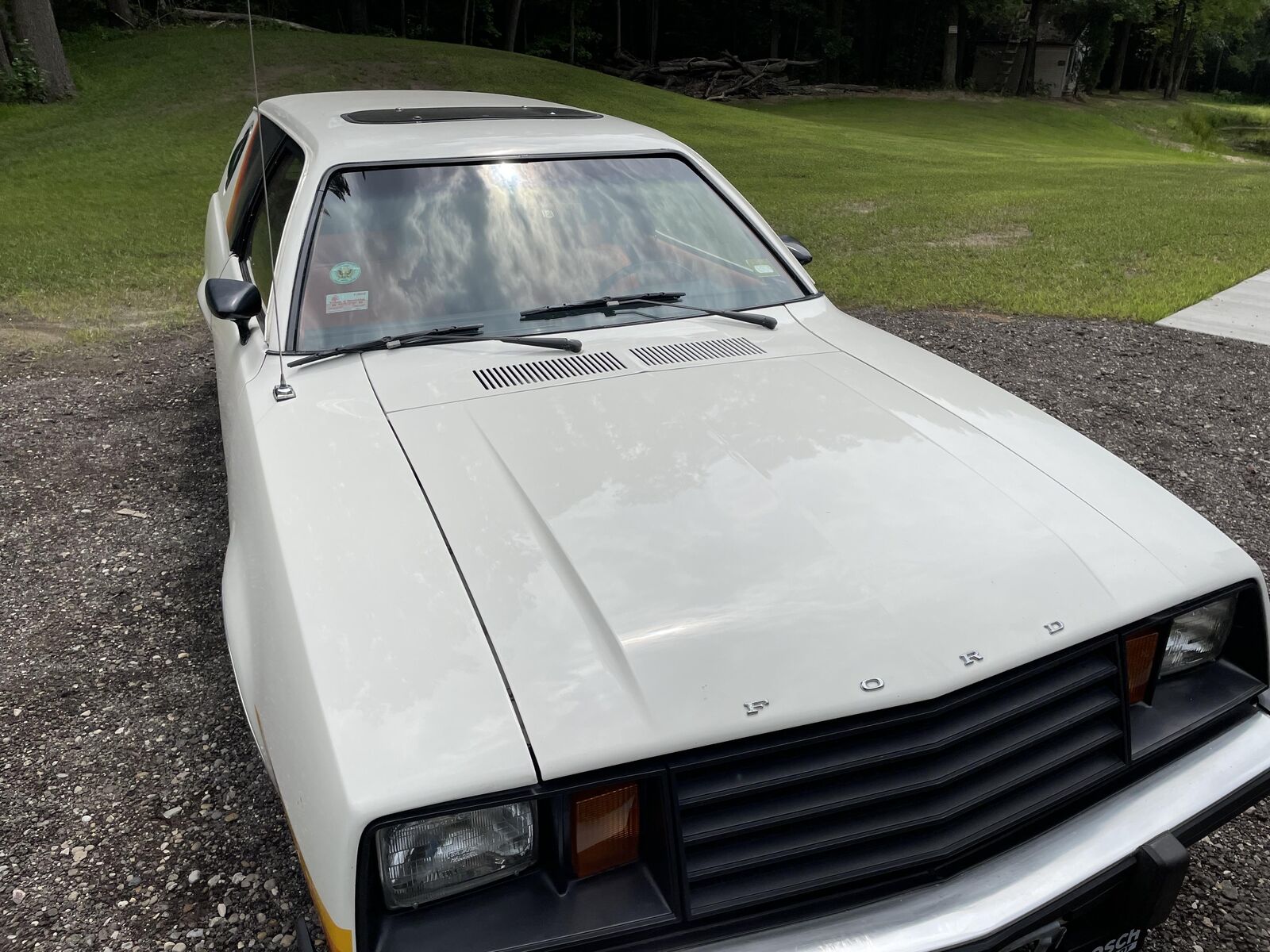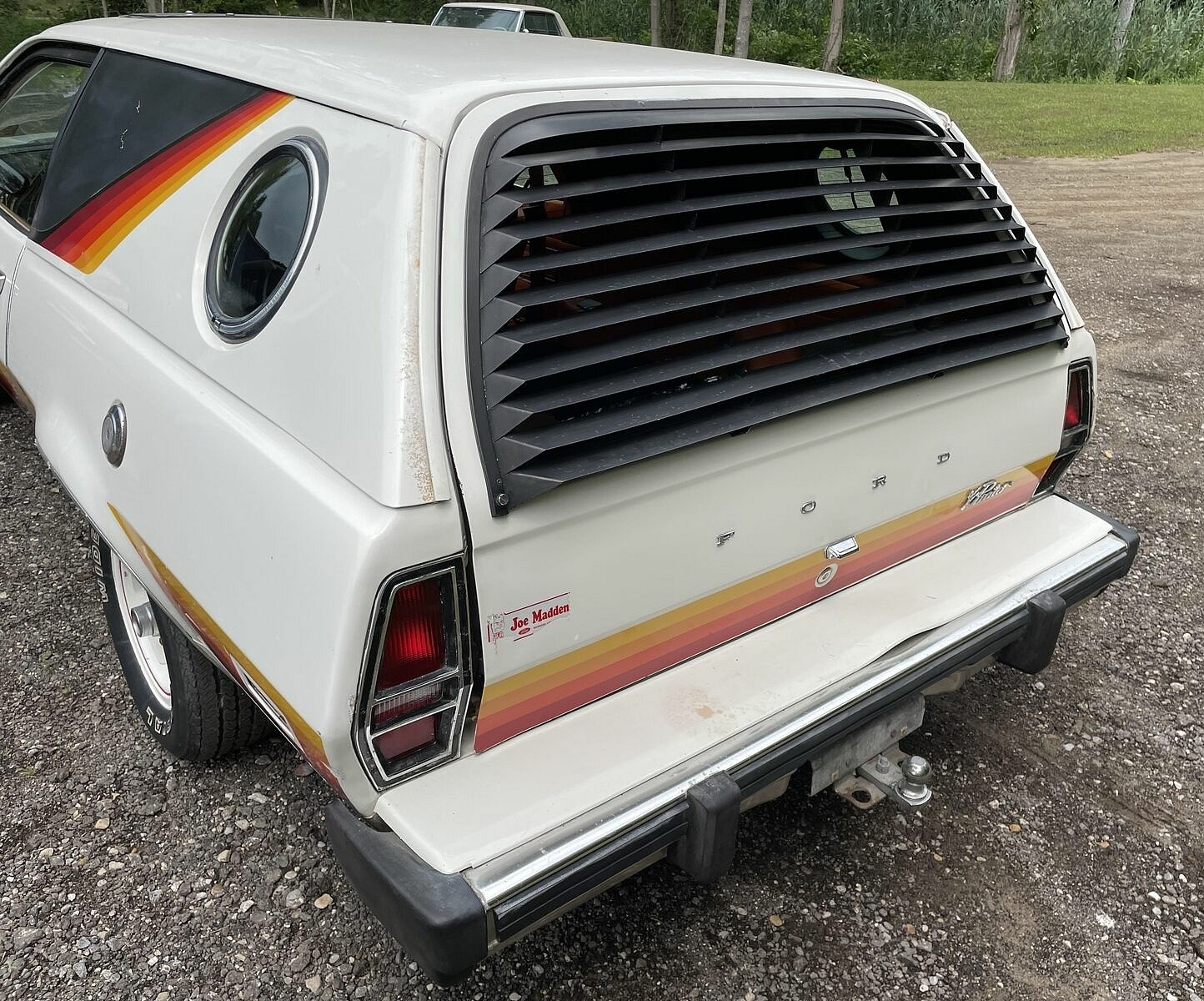Recently, a fine example of 1970s custom culture appeared for sale on eBay in the form of a one-owner 1979 Ford Pinto Cruising Wagon. This wagon was half of a one-two punch of vanning culture vehicles put out by Ford through the late ‘70s, the other being the Econoline-based Cruising Van.
This Pinto panel wagon is stuffed with plenty of vanning tropes, from sunset stripe graphics and painted slotted mag wheels, to opera windows and louvers. The rear section even has shag carpeting, perfect for lounging away, parked on the beach, watching the ocean roll in while “Summer Breeze” by Seals & Crofts plays on the AM/FM radio. Or, in this case, chilling on the shores of Lake Michigan with Chicago’s “25 or 6 to 4” blasting from the stereo. The Buy It Now price is $17,500.
Time to Buy a New Van, Stan?
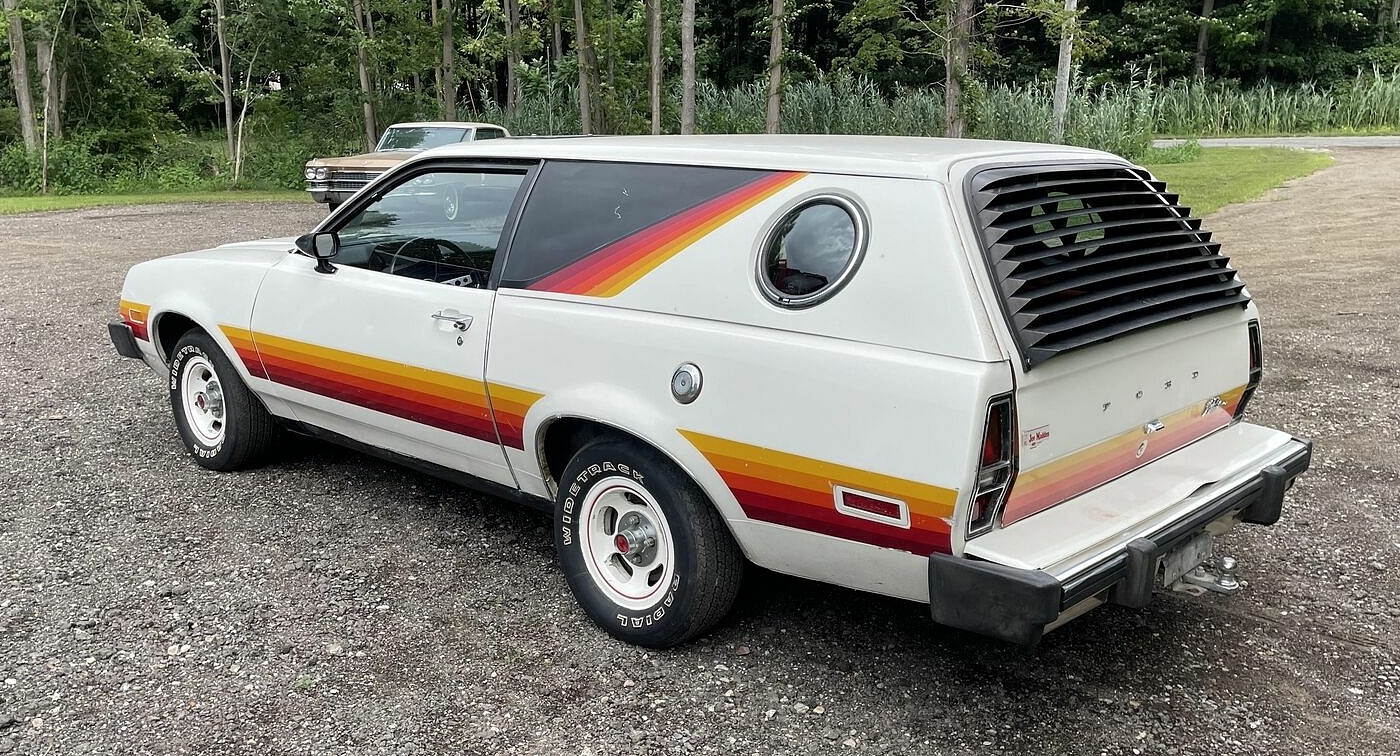
The 1979 Ford Pinto Cruising Wagon is a pint-sized hauler packed with ’70s style.
While the early ‘70s held echoes of the ‘60s with the final days of the muscle car, the latter end of the “me decade” was all about personal luxury on the softest, floatiest land yachts leaving Detroit. Despite horsepower giving way to shag and velour, no one stopped building custom machines for cruising down Main Street.
According to The Daily Californian, vanning culture began during the turbulent 1960s. Back then, hippies flocking to San Francisco and other hot spots piled into Volkswagen Microbuses, Ford Econolines, Chevrolet Vans, and Dodge A100s to find themselves.
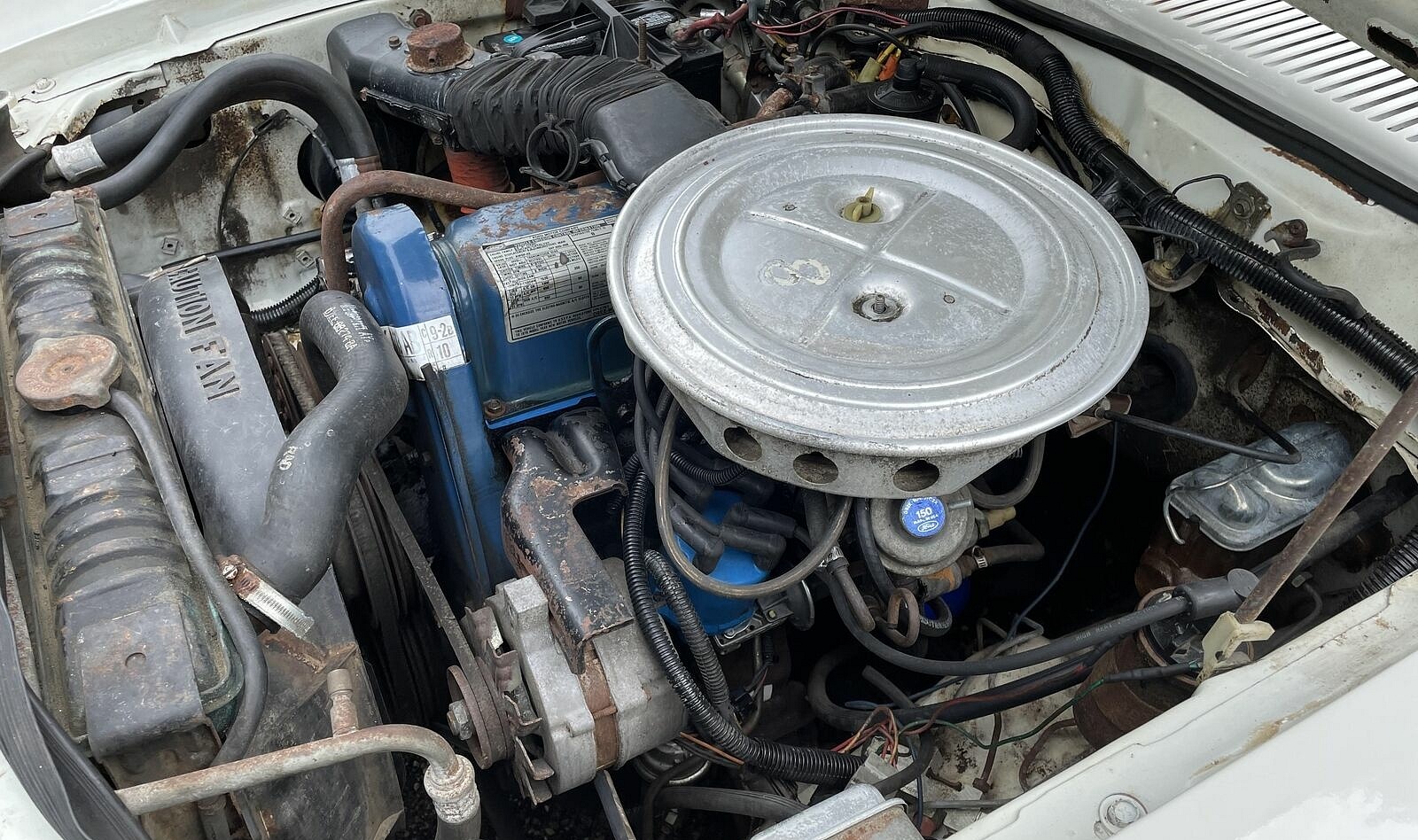
The US EPA rated the manual 2.3L four-cylinder 1979 Ford Pinto Wagon at 20 miles per gallon (MPG). The V-8 E-100 Econoline, by comparison, earned a 12-15 MPG rating.
As the ‘70s arrived, the VN-platform Econoline, G-Series Chevrolet Van/GMC Vandura, and Dodge B-Series became more than just the perfect canvases for conversion van builders to create cool campers. They also appealed to those who wanted to escape things like Watergate, high gas prices and the overall malaise permeating the everyday.
Ford Pinto Cruising Wagon: Van Inspired
When not linking up with famous fashion designers through its Lincoln division, Ford sought another path into the cultural zeitgeist. Wild murals, chrome wire wheels, wall-to-wall shag carpeting, and waterbeds certainly caught the attention of Dearborn’s designers. Thus, in 1977, the Pinto received a big facelift, and the wagon version got a new appearance package—Pinto Cruising Wagon. It was a tiny wagon made to resemble a custom ‘70s van.
Cruisin’ in Seventies Style
The Pinto Cruising Wagon, like the one featured here, could be had with different optional vinyl graphics, color-keyed sport mirrors, styled steel wheels with trim rings, and wall-to-wall carpeting. The rear side windows were replaced with steel panels, each fitted with a round bubble window near the tailgate. Though rear passengers couldn’t see out the sides of the Cruising Wagon, they had plenty of privacy. This wagon is a bit rough around the edges, but it could be worth restoring.
Alas, the vanning trend dropped off harder than disco at the start of the 1980s, taking with it factory rides like the Ford Pinto Cruising Wagon. And while the vanlife trend is, in some respects, a return to form of the old vanning culture, it doesn’t have the same vibe as the wild customs from the decade of Farrah Fawcett, platform shoes, and sunset stripes.
Shop now for Ford Pintos
